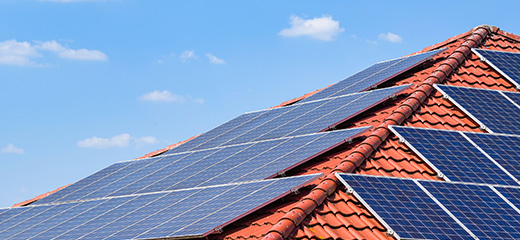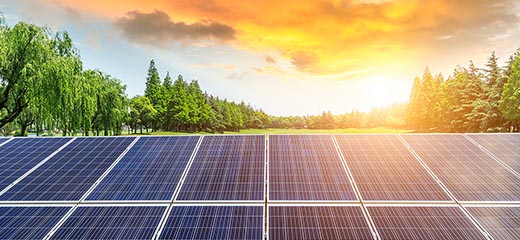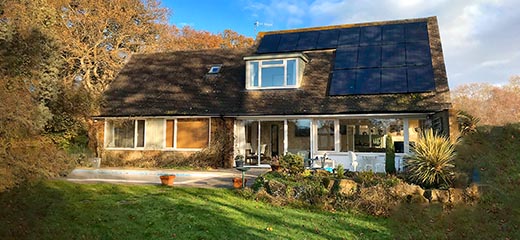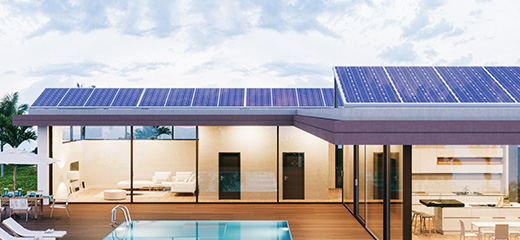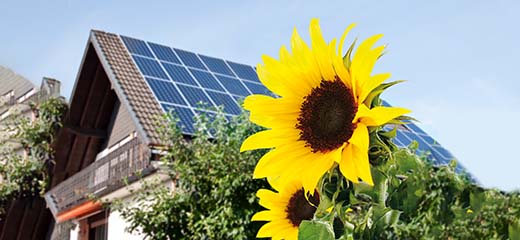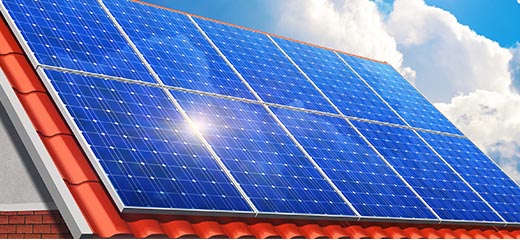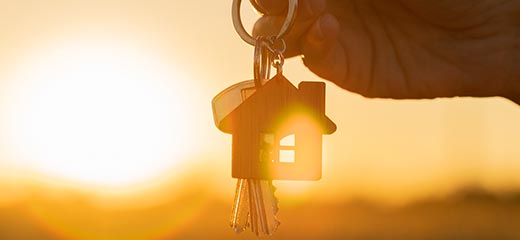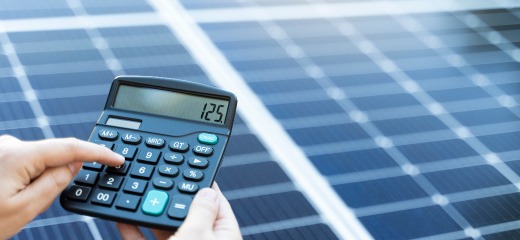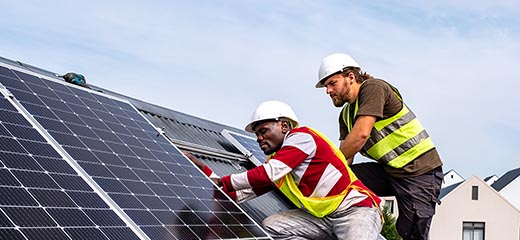
How to improve your home’s solar potential
Ready to embark on a solar journey for your family, but disappointed with your home’s Solar Score? There are ways to improve your home’s solar potential, says LookSee’s executive head, Marc du Plessis.
The LookSee Solar Score is South Africa’s first online system to offer free scoring of individual residential properties. It helps households calculate solar potential by generating a 3-dimensional model of the home and comparing this against a variety of factors such as roof direction, slope, area, and solar radiance.
Users are then provided with valuable insights such as their home’s Solar Score out of 100, optimal roof area, average sunlight days, potential generation, and estimated savings on your electricity bill.
“In most cases, the solar generation potential of a home can be improved through one or more of these recommendations.”
These include:
- Position wisely: In the southern hemisphere, the ideal direction for solar panels to face is north, while south-facing roof sides are not optimal. While panels on east or west-facing roofs will still generate power, their efficiency is limited to certain hours of the day. If you have a flat roof, you can position your panels strategically to maximise their exposure to sunlight, however this will attract additional costs for appropriate frames.
- Eliminate obstructions: Direct access to sunlight is crucial for solar generation, so if you have trees or bushes casting shade over the optimal areas of your roof, it’s time to get pruning or cutting back. Just remember to keep an eye on their growth and schedule regular maintenance.
- Panel technology: If your roof area is small, receives limited sunlight hours, or doesn't meet your power generation needs, you may want to consider investing in more efficient solar panel technology. While monocrystalline panels are more expensive than polycrystalline technology, they are better able to convert sunlight into power for use in your home. You’ll be able to identify monocrystalline panels by their black and uniform appearance, in contrast to the bluish tint seen in polycrystalline panels.
- Smaller sizes: Solar panels come in a variety of sizes, and it may seem logical to opt for panels with the highest wattage output. However, smaller panels can be beneficial as they allow for better coverage of your roof area. Consult with your solar provider to determine the monthly generation potential based on different panel sizes before you decide.
Your most important step should be to ensure you are working with a properly qualified and reputable solar provider, says du Plessis, as an experienced partner can help you select the best solution for your needs and budget.
“Households should be aware of the solar warning issued by the Consumer Goods and Services Ombud as unfortunately the spike in demand for solar systems has seen numerous unqualified and unscrupulous providers entering the marketplace. It is for this reason that LookSee solar partners are extensively vetted by Standard Bank for product quality and optimal service levels.”
LookSee's Solar Score currently covers freestanding homes in most cities across the country. Efforts are underway to expand the coverage to include all towns and cities in South Africa and include sectional title properties.
To see the Solar Score's coverage map, click here.
The LookSee Solar Score provides insights into your roof’s potential to generate electricity and save money.
